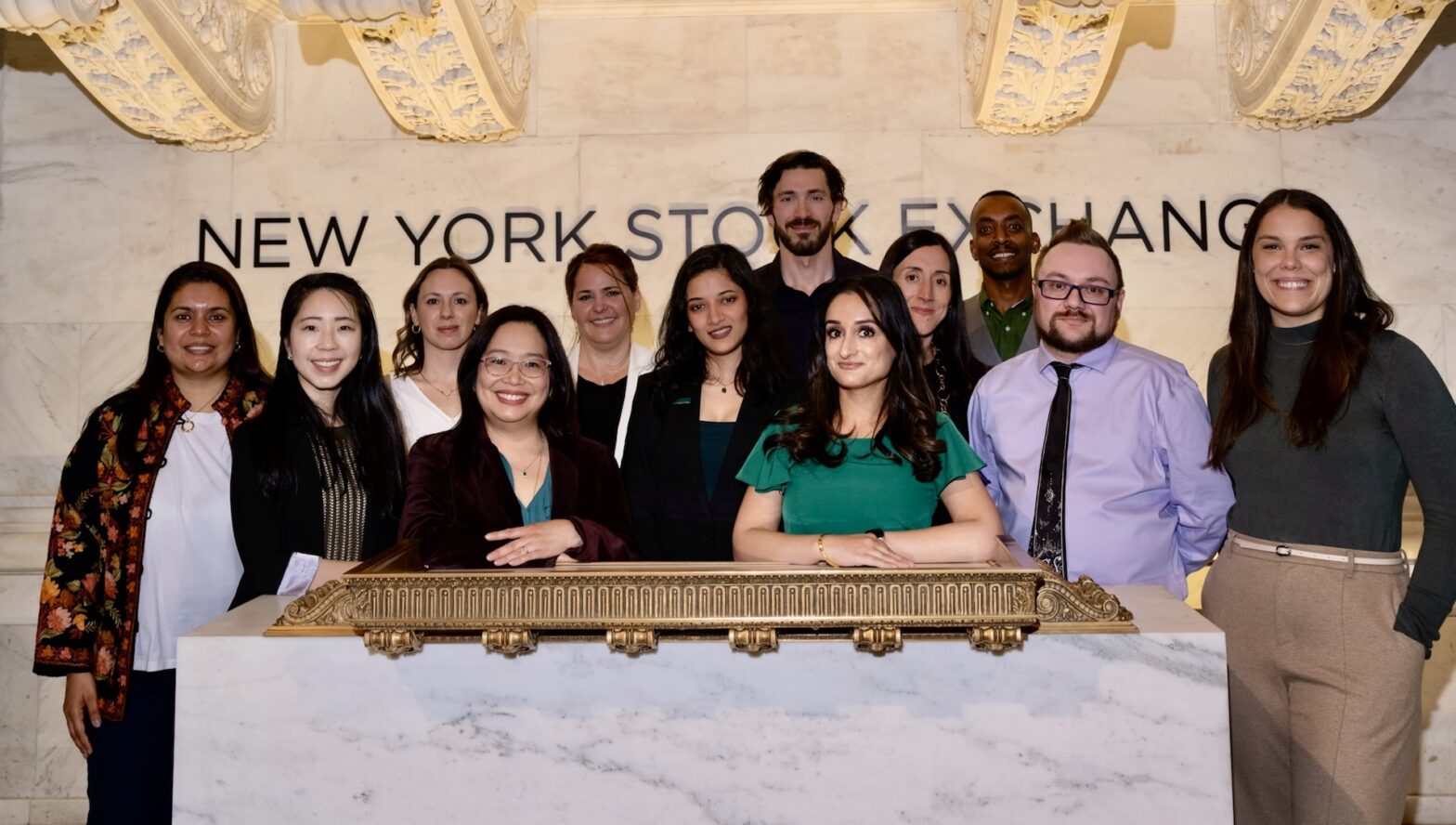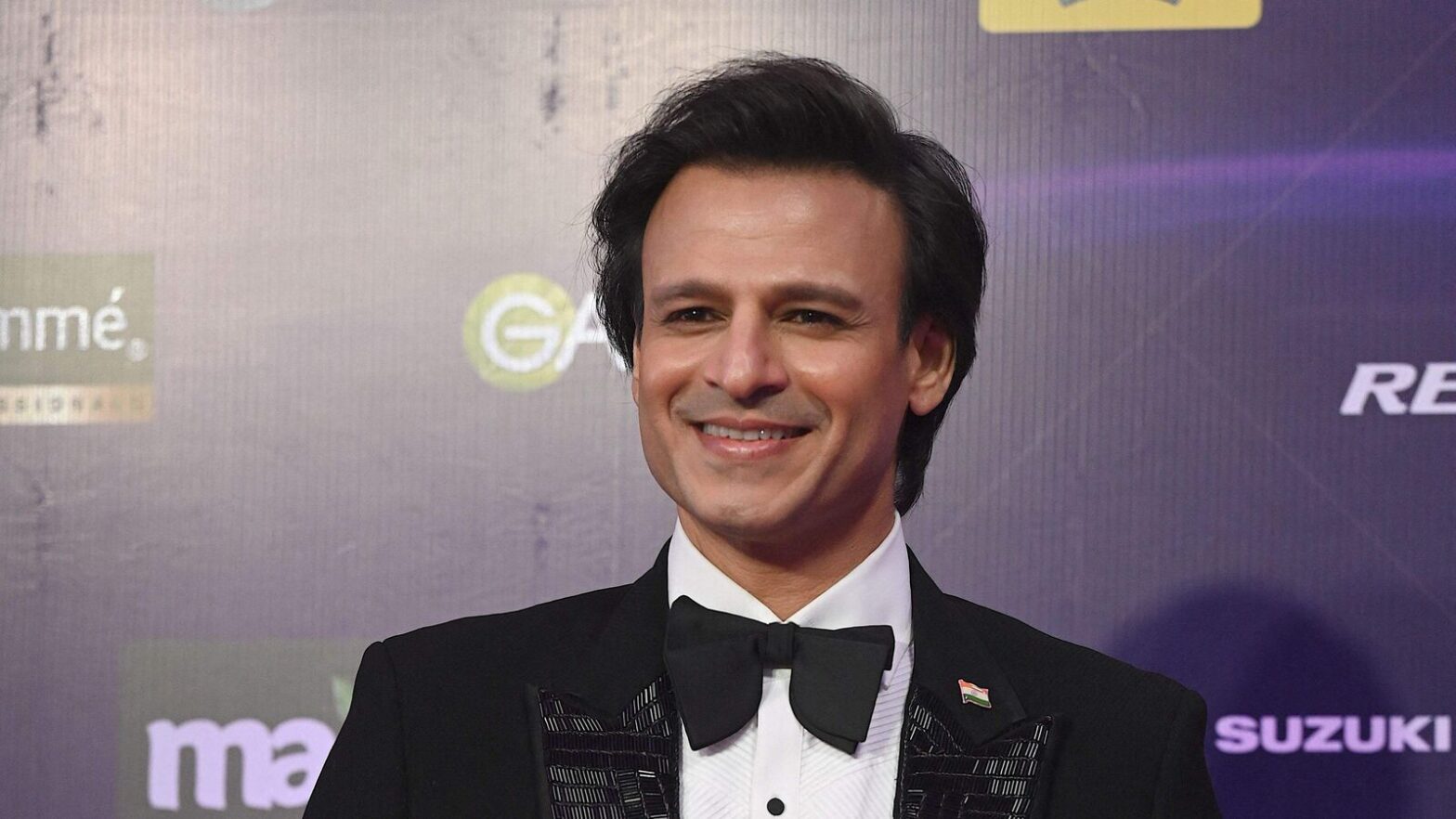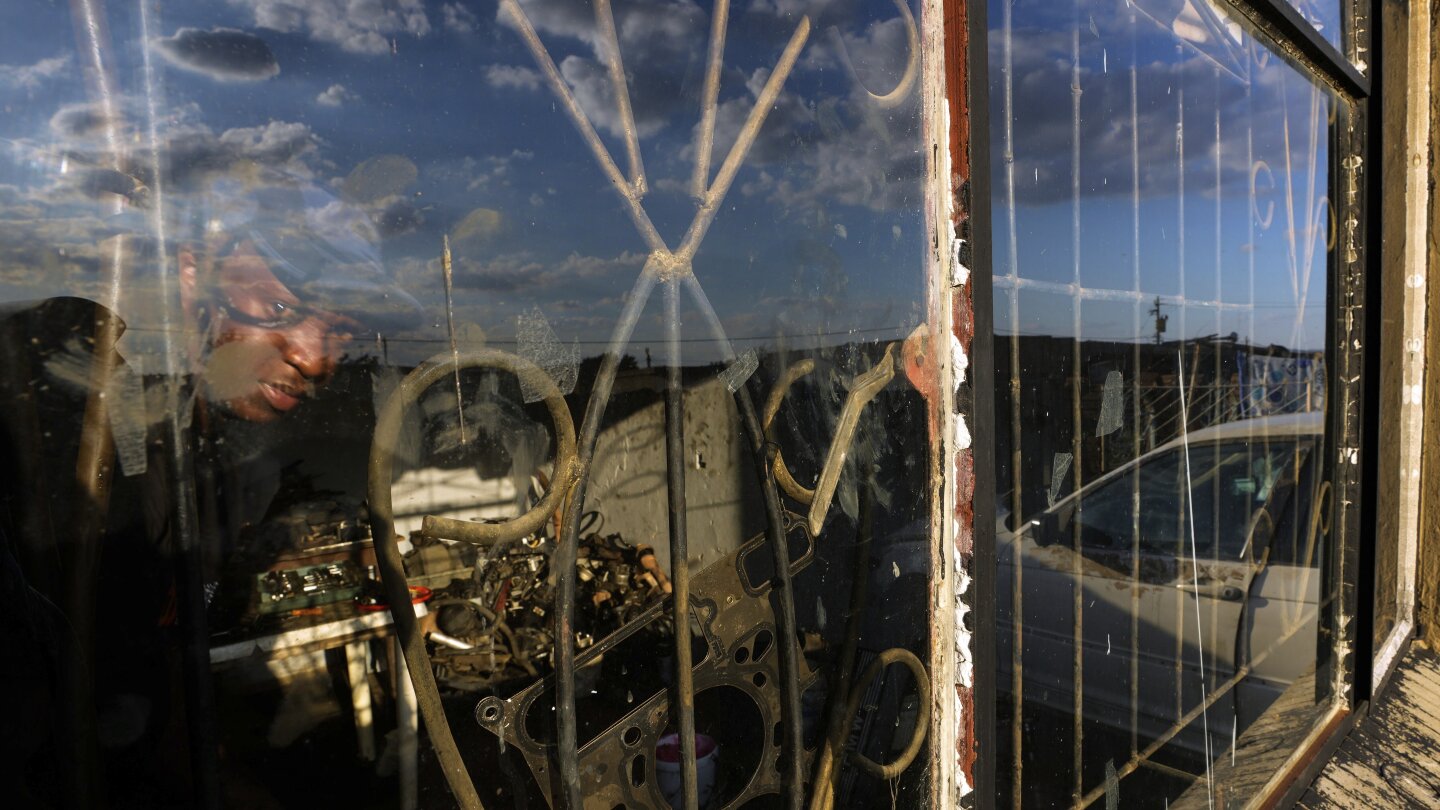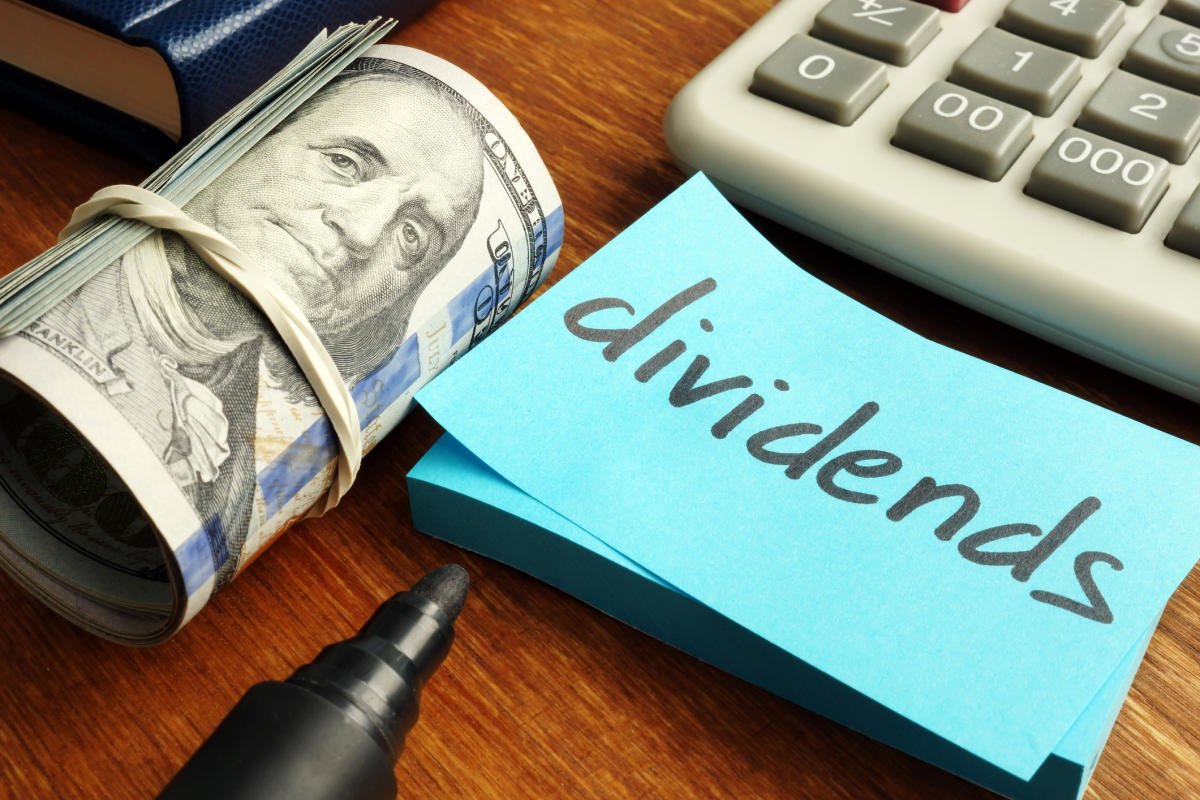American author and activist Helen Keller once observed that “optimism is the faith that leads to achievement.” Could optimism itself, therefore, be harnessed as a strategy? GE Vernova thinks so. At just one year old, the standalone energy technology company is remaking itself into a key player in the global energy transition. Spearheaded by a big theme, The Energy of Change, the company believes a relentless, forward-looking optimism in its work culture is a powerful tool to meet the challenges of decarbonization. Indeed, with global energy demand expected to grow by 50% over the next 20 years, GE Vernova’s contributions will very much rely on the spirit of its employees to innovate their way through such rapid change.
Today, 12 GE Vernova employees joined Chief Sustainability Officer Roger Martella, Chief Communications Officer Kristin Carvell, and Chief Culture and Inclusion Officer Reggie Miller to ring the opening bell at the New York Stock Exchange in celebration of Earth Day. Meet five of these employees, whose expertise lies in technical innovation and product development.
New Solutions: Melanie Li Sing How

Identifying self-similarity in problems and applying the appropriate solutions across technologies is routine research work. But building full-scale systems for testing can be costly and time-consuming. Is there a way to do it better? Yes — through simulation. Melanie Li Sing How, an Aerodynamics and Thermosciences engineer based at GE Vernova’s Advanced Research Center (ARC) in Niskayuna, New York, uses computational fluid dynamics to simulate various operating conditions ranging from wind turbines in the field to the physical phenomena in nuclear reactors. “Running tests on real systems is expensive,” she says. “In some instances you can’t even replicate the exact conditions in test settings. This is where I come in. Through simulation and prediction, we’re able to reduce risks and uncertainties for when we physically test our products.”
GE Vernova makes products at large scale: natural gas turbines, small modular nuclear reactors (SMRs), wind turbines, and a vast array of power grid equipment. Because the energy transition requires squeezing every last drop of efficiency from these technologies while ensuring our commitment to sustainability, reducing the development timeline is crucial to keeping costs down and raising the speed limit on deployment. “Turnaround in design is much faster when you do it right. If you’re building an actual turbine, it could take many months before any testing even takes place. Whereas, through the work I do and depending on how deep my simulation goes, I can get some answers often within a day or a week,” says Li Sing How.
As both an academic and a researcher — Li Sing How holds a PhD in mechanical engineering from Cornell University — she experiences the “one team” culture every day, starting from an inclusive culture within her own research team and permeating throughout the Research Center via her involvement in the Asian Pacific Allies & Friends (APAF) employee resource group (ERG). What makes her optimistic for the future? In the course of just one year, she’s worked on projects around the world ranging from gas power and SMR technology to offshore wind. “When you take a step back, you can see how all these parts work together as an ecosystem,” she says. “Seeing a system that is well oiled is so satisfying to my engineering training.”
Model Employee: Mohaned Eltayeb

On the other side of the world in Dubai, Mohaned Eltayeb, chief information officer for the Hydro Power business, is optimistic about the ability of AI and the company’s innovative energy technology to work together to tackle climate change. “The combination of the two is really, really fascinating to me, given the kind of work I do. Thinking through how can I — how can we — figure out how to use AI and associated technologies to solve one of humanity’s biggest problems?”
Eltayeb loves the innovative process. “We constantly think about how we can use technology to optimize how we work, how to drive more efficiency and a better outcome for the business.” His team also manages platforms used for simulations — a must when it comes to designing the very large workings of hydroelectric power — because while dams may share common technology, they require customization for different topographies and regions. Once these simulations are done, and executed effectively, then they’re modeled out in miniature formats, built to scale in a small factory in France, and simulated again, but with physical conditions. For me it’s just absolutely fascinating, seeing how technology contributes to providing that outcome for the customer.”
As a co-leader of the African Affinity Forum (AAF), another ERG, Eltayeb says a group like his actually brings a global perspective to the company and needs to be thought of as a pool of rich, in-house intelligence. “We got together last summer in Albany, New York, for our first ERG Summit, and we had a discussion: How important are ERGs to the company? Are ERGs there just to keep up with trends, or are they fully core to who we are as a company? The answer is the latter. The ERGs are more like think tanks, providing perspective and shaping the culture of the company.”
Electrifying Talent: Poonam Mathur
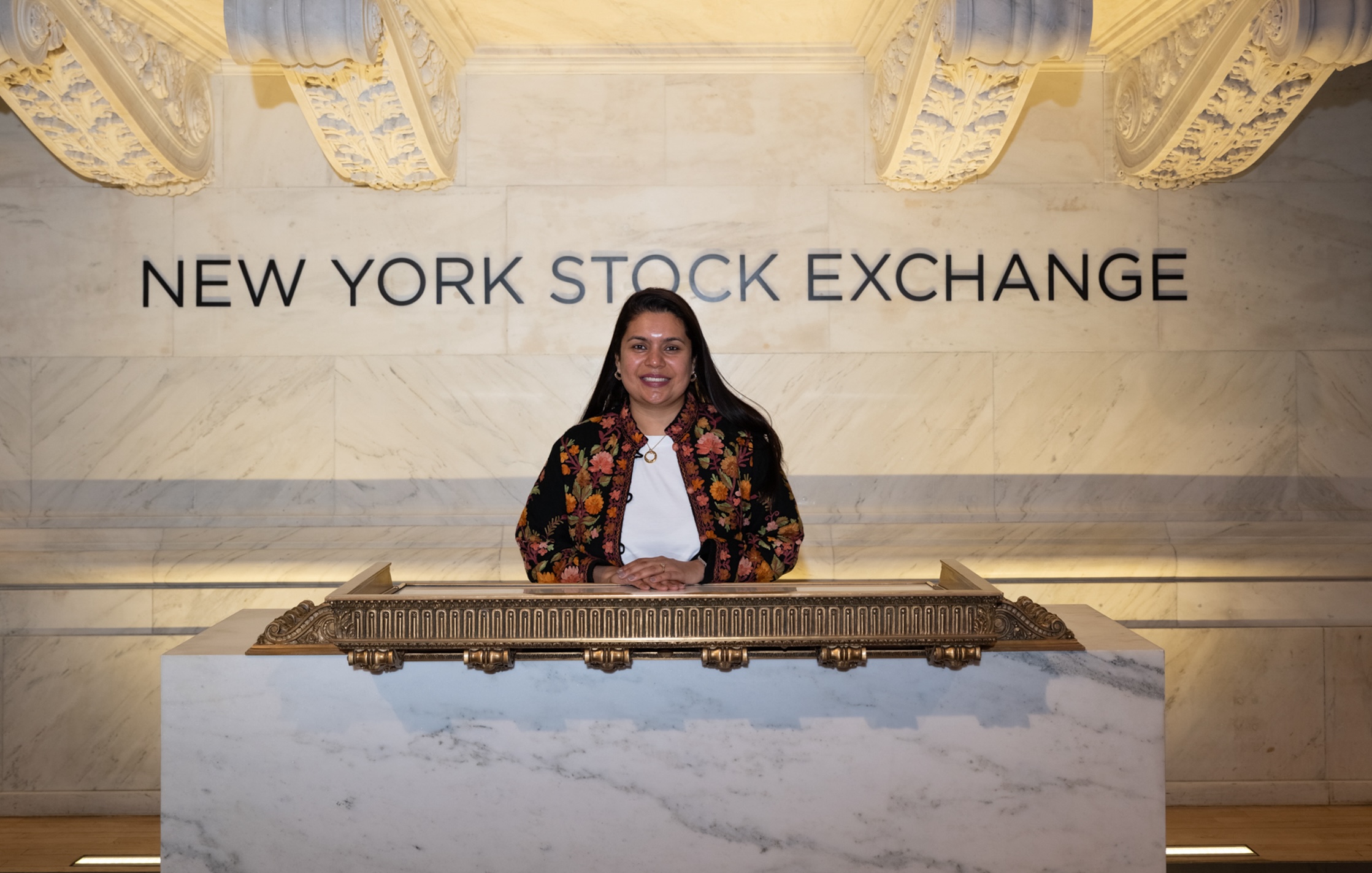
From her base in Delhi, India, Poonam Mathur works extensively toward shaping and developing GE Vernova’s culture. Mathur is a human resources leader in electrification software for the India and Asia Pacific region. “We focus on hiring and developing teams who deliver software that accelerates electrification and decarbonization across the energy ecosystem.”
India is one of the most important regions for electrification, having brought millions of people to the grid already, with millions more to go. Mathur says “the process of electrification involves setting up power plants and investing in renewable resources like wind and solar, and our role is to assist this process through robust digital solutions. Mathur echoes one of Eltayeb’s points: that the digital layer is crucial and must be paired with all the energy technology hardware.
Mathur, who leads the Women’s Network for Asia Pacific, recently celebrated International Women’s Day in March. “We saw colleagues come together and celebrate Women’s History Month and International Women’s Day, supporting each other to grow in our roles and providing employees with developmental opportunities,” she says. “We have been able to create a culture of inclusion and respect, where all employees feel valued, and this of course leads to better collaboration and improved team dynamics. Leading that charge and shaping that environment for our employees is extremely fulfilling and exciting.”
A Material Difference: Voramon Dheeradhada

Back in Niskayuna, material scientist Voramon Dheeradhada, who holds a PhD in material science from Purdue, finds that a great deal of innovation takes place when boundaries are crossed and intellectual discovery cross-pollinates across the company. “One of the exciting things about GE Vernova is that we are a collective of 12 businesses, everything from power generation all the way to power distribution,” she says. “At the ARC we are the connector of those 12 businesses, with problems and solutions coming forward to us and then flowing back out.” She gives a great example. “We’re currently exploring how a novel material we recently developed for a nuclear application could be adapted to address challenges in geothermal energy. This is the kind of innovation that keeps moving us forward.”
It’s an exciting time for material science. AI researchers at MIT recently published results showing that AI is already capable of increasing the rate of new discoveries, and Dheeradhada says she is seeing the same promise. “Coming up with a new material can take years,” she says. “But now that we are incorporating a materials informatics approach to help us, we can cut down that time to months or even days. We are truly innovating brand-new materials that did not exist before and are now churning out more than 100 new materials each year.”
Dheeradhada, who leads ERG activities at the Advanced Research Center, divides her time between leading a technologist team and supporting the ERGs. She says that the vision to lead the energy transition through the technology-forward culture that CEO Scott Strazik has helped create is real — it’s happening today, and it’s what gives her the most hope for the future.
Orchestrating Talent: Daisy Gill

GE Vernova has a big global footprint but calls Cambridge, Massachusetts, home. For Daisy Gill, senior software engineering manager for the Grid Software business, coming to work at the company was a personal homecoming, as she was born and grew up in the city. “Last year, when I visited headquarters, I just walked a couple blocks away and there was the house where my parents used to live,” she says.
Gill works on the very complex orchestration software that GE Vernova developed to create a kind of “internet of electricity.” Called GridOS, it’s a digital architecture that optimizes efficiency and better manages the new, modern grid as it fills up with renewables, electric vehicles, and a lot of two-way traffic.
She’s also very active in recruiting and in introducing young girls to STEM professions. She says she’s heavily involved in the Women’s Network, which sponsors the STEAM program for girls. That’s a twist on “STEM,” with an added “A” for art. “We added art in there because we try to make our activities encompass creativity,” she says. “It’s not just science- and math-related, or lots of lectures. There’s some fun.” What gives Gill hope for the future? “GridOS,” she says. “We’re investing a lot of time and money into that. We want to manage the grid in a new way, enhancing it, making way for lots of renewables, because we’ve got lots of growth ahead.”
This special edition of The Current comprises three stories about the 12 employees proudly representing GE Vernova at the New York Stock Exchange on Earth Day. Please enjoy these stories about our customer solutions specialists and operational and systems thinkers.

